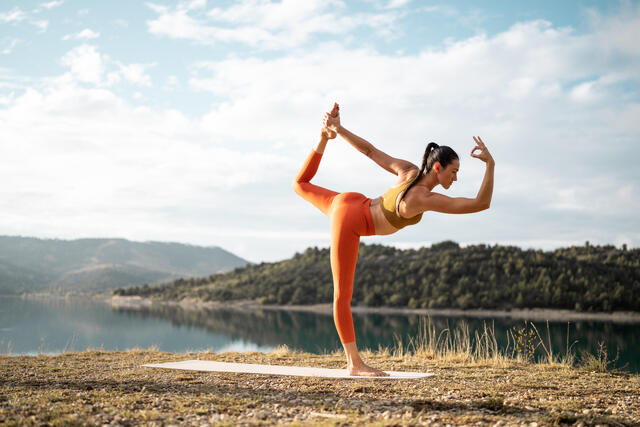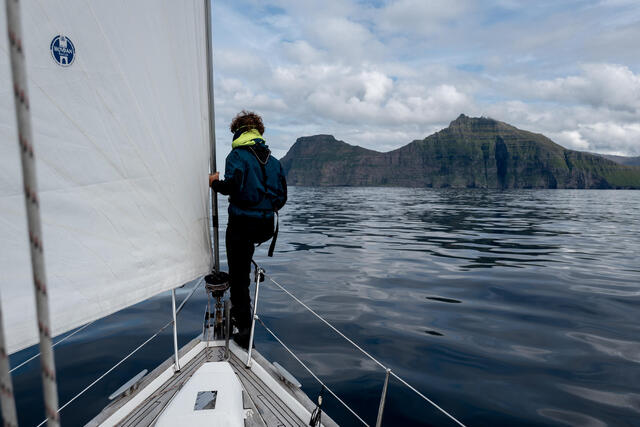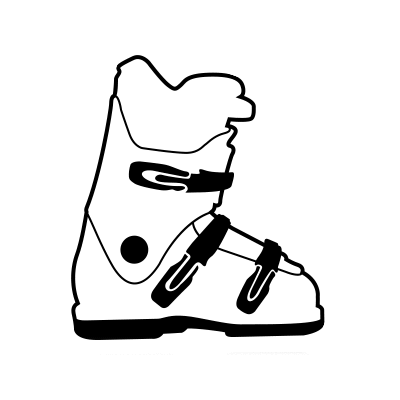The 3 Main Criteria for Choosing Ski Boots
When selecting adult ski boots, three critical criteria come into play to ensure optimal comfortability and performance on the slopes.
1. The first factor to consider is the rigidity of the boot:
Which determines its stiffness or flexibility. High-performance skiers often favour stiffer boots for enhanced responsiveness and precise control, while beginners and more casual skiers might opt for softer boots, providing comfort and forgiveness.
2. The second criterion is the size of the boot:
Which must fit snugly to avoid discomfort and facilitate efficient power transmission.
3. Finally, fitting:
How your ski boots fit is paramount, as a proper fit prevents foot movement within the boot, reducing the risk of blisters and ensuring maximum control over the skis. By carefully considering these three aspects, skiers can find the perfect pair of ski boots tailored to their skill level and skiing style.


























